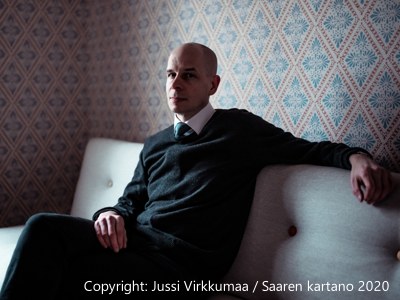Instrumentation: Alto voice, Bass Clarinet, Bassoon, Trumpet, Trombone, Percussion (2 players), Piano, Viola, Contrabass
Publisher: Schott Music
Duration: ca. 12′
WP: October 4, 2005, London, Royal Academy of Music (Students of the Leipzig and Dresden Music Academies), Cond.: Titus Engel (Part of the „Saxony in UK“ Project)
Introduction:
unplugged. unperfumed was written during a stay as composer-in-residence in Stein am Rhein (Switzerland) in late summer 2001. As the title suggests, the composition intends to find a rather direct musical language, even a certain ‘drive’ in some passages. At the same time, it explores a complex network of sub-structures, especially directed by the instrumentation. As easily can be seen, the ensemble consists of four duos of woodwind, brass, percussion, and string instruments with the piano and the voice being ’solitaires’ yet connected to some of the other instruments by material (strings in the case of the piano, air in the case of the human voice). Apart from these different duo-formations, the ‘mobile’ instruments (trumpet, trombone, voice –which is treated as an ‘instrument’ almost through the whole piece–) form a group of solo instruments with partly even improvisational elements. The players have to take different positions, with their movements being part of the compositional process, but containing also aspects of inner contradiction: their central parts are often played at the ‘edge’ of the ensemble, while the parts played in a central or ’soloist’ position are more casual. The two percussionists are also moving from the center to the edge of their positions during the piece, reflecting the position-changes of the ‘mobile’ instruments, and at the same time undergoing a change of sound colours from the pitched instruments to more and more indifferent sounds.
The voice part is anything but a vocal soloist’s, and it contains only one short textual fragment (from Heinrich Isaac’s famous Innsbruck song), but on this quotation’s phonetical structure many passages are based, while others are ‘imitations’ of instrumental patterns and sound-types.
